You can say Kyoto is a city-wide commemoration of Japan’s bygone times.
For over a thousand years, it stood as Japan’s capital, the seat of power, religion, and culture during Japan’s feudal era. For millennia it bore witness to so many wars, political conflicts, and cultural shifts, enough to fill a thousand volumes.
Times have changed: Tokyo is now the seat of power, and Japan today is as modern as any country can get, but Kyoto still maintained its historical identity. Remnants of the past can still be witnessed today in many of Kyoto’s attractions.
These concrete reminders of Japan’s history make Kyoto such an interesting place to visit. The shrines, temples and castles dotting the city’s landscape are a constant reminder of a heritage that fascinates not just the Japanese, but also foreign travelers.
While other Japanese cities are keen to showcase their modernity, Kyoto is firm in promoting its culture and history. You can say that Kyoto follows the beat of a different drum but still music to a traveler’s ears.
Kyoto Travel
Kyoto is located in the Kansai region, which also includes Osaka, Kobe, and Nara. Oftentimes, visitors combine Kyoto with a trip to Osaka as well; these two cities complement each other, with Osaka’s laidback, easygoing energy and Kyoto’s composed, conservative aura. If you’re a first-time traveler to Kansai, visiting these two cities in tandem is highly suggested.
Some of Japan’s most popular shrines and temples reside within Kyoto. The Fushimi-Inari shrine (famous for its red torii gates), Kiyumizu-dera (with its fountains and nail-less temples), and the Arashiyama Bamboo Grove can all be found in the city.
Of course, not all attractions in Kyoto are about the ancient past. There are also a handful of attractions that celebrate a more contemporary culture. Examples of these include the Kyoto Railway Museum, Kyoto Station, and the Kyoto Tower.
In terms of food and entertainment, Kyoto has its own share of interesting spots. The Nishiki Market, Fushimi Sake District, Pontocho Lane, Kyoto Manga Museum, and Toei Studio Park are just a few of the choices for those looking for more recreational tours.
And what about festivities and celebrations? Kyoto’s most popular cultural festivals and events include the Gion Festival, with its colorful traditional floats, the Autumn Jidai Festival, and the Arashiyama Momiji Festival.
Additional information about Kyoto:
- Language: Japanese (Nihongo). English is not widely used, but signs and printed material are occasionally translated.
- Currency: Japanese Yen (JPY, ¥). JPY 1000 is about USD 9.02, EUR 7.79, PHP 483 (as of August 2018) Note: It’s better to convert your cash before you make the trip. Many of the ATMs in Kyoto don’t accept international cards.
- Modes of Payment: Cash is preferred, but it’s not uncommon for establishment to accept cards.
- Electricity Info: Type A sockets. Two flat pins for plugs. Type B sockets exist but not common.
Plan Your Kyoto Trip
 Best Time to Visit |
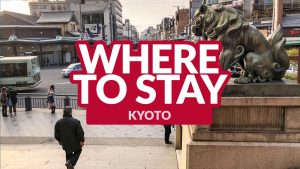 Top Hotels and Hostels |
 Getting There |
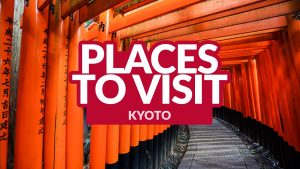 Top Things to Do |
Kyoto Travel Essentials
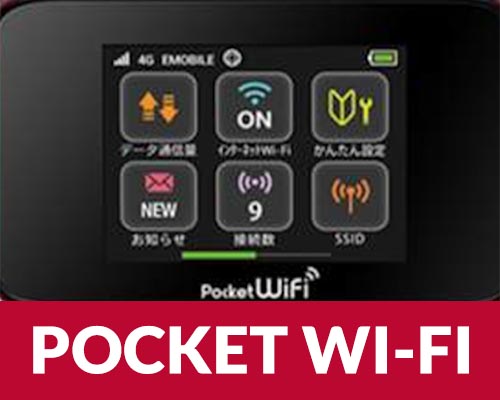 Kyoto Pocket Wi-fi Stay Internet-connected while in Kyoto! ➡️ RESERVE HERE |
 Kansai-Kyoto Limousine Bus Hassle-free airport to Kyoto transfer! ➡️ RESERVE HERE |
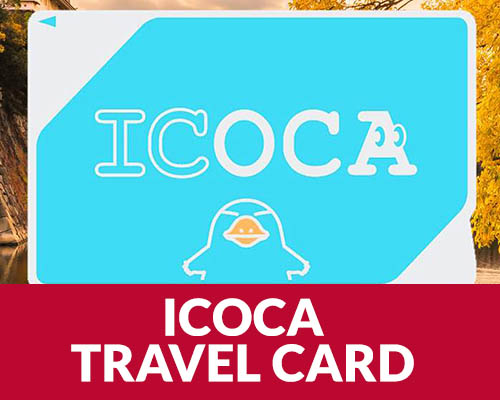 ICOCA Card Easy access to train, subway and buses! ➡️ RESERVE HERE |
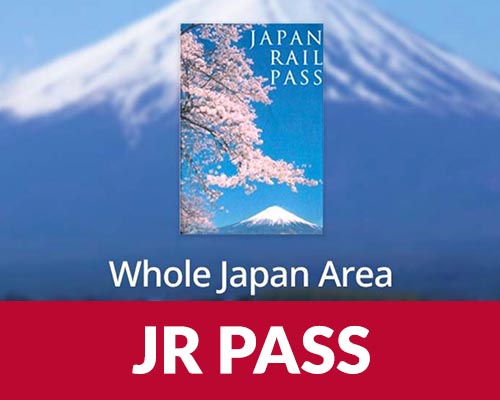 JR Pass Unlimited train rides within the JR network. ➡️ RESERVE HERE |
Top Kyoto Attractions
 ➡️ CHECK ARASHIYAMA HALF DAY TOUR HERE |
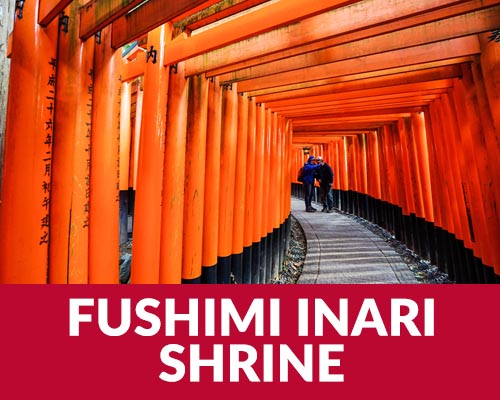 ➡️ RESERVE A SLOT HERE |
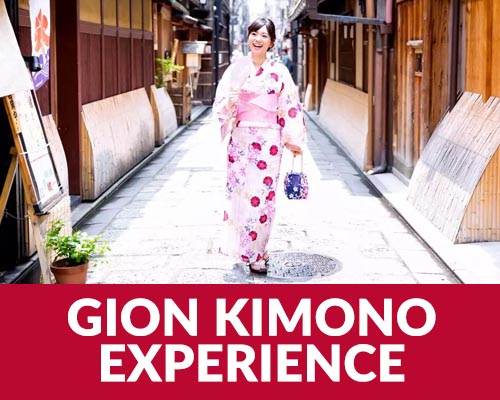 ➡️ RESERVE A SLOT HERE |
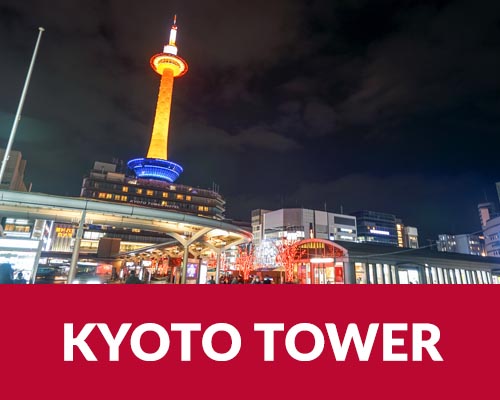 ➡️ GET YOUR TICKET HERE |
Top Kyoto Hotels
 The Ritz-Carlton Kyoto ➡️ CHECK RATES & AVAILABILITY |
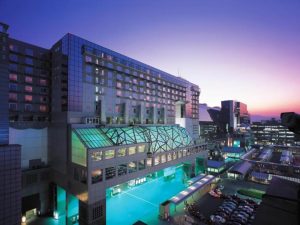 Hotel Granvia Kyoto ➡️ CHECK RATES & AVAILABILITY |
 Aoi Hotel Kyoto – Luxury Apartment ➡️ CHECK RATES & AVAILABILITY |
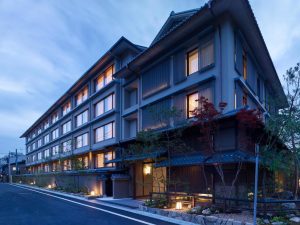 Hotel The Celestine Kyoto Gion ➡️ CHECK RATES & AVAILABILITY |
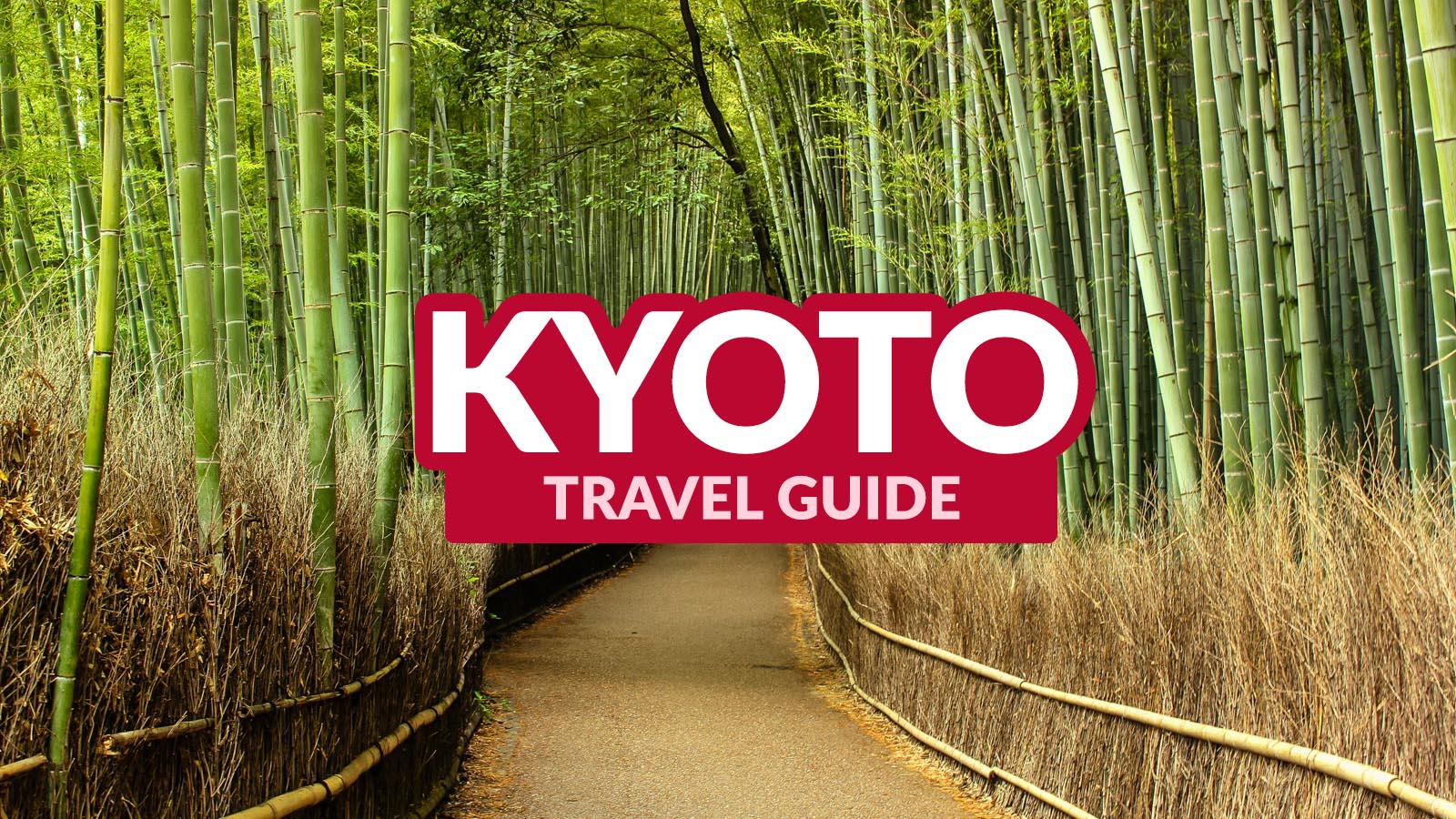
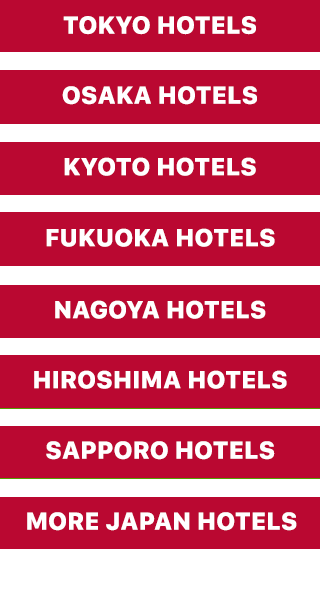






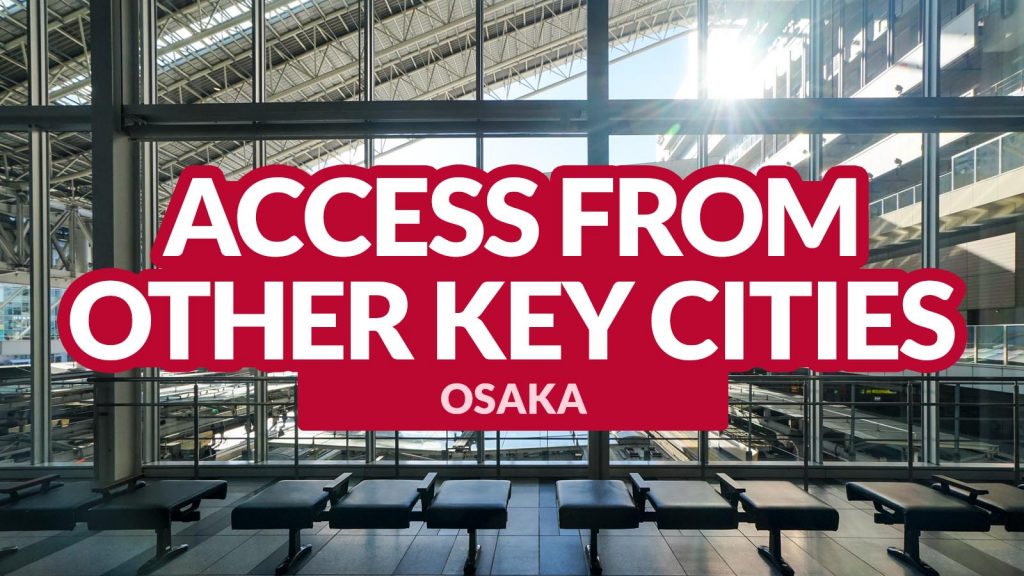

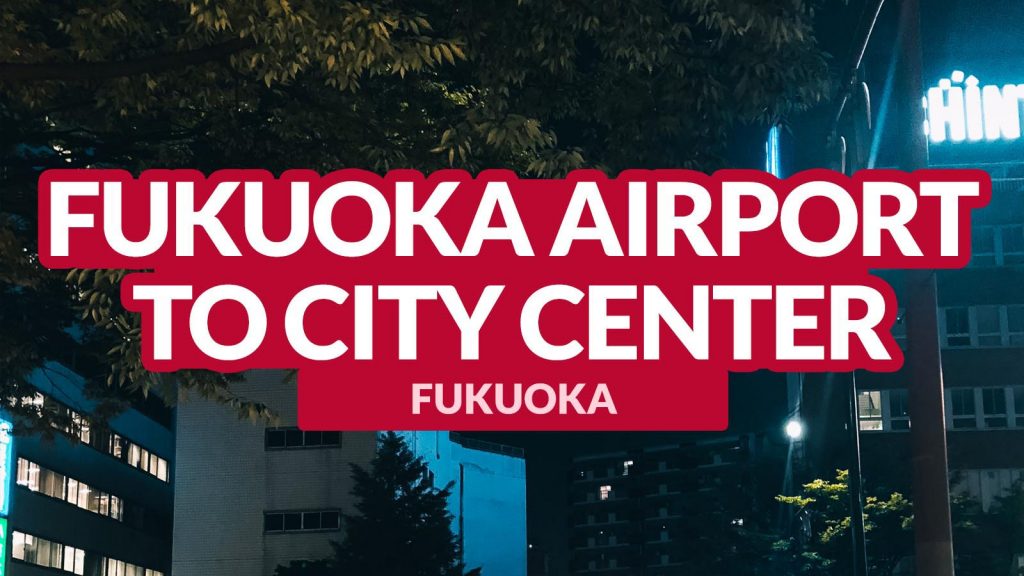
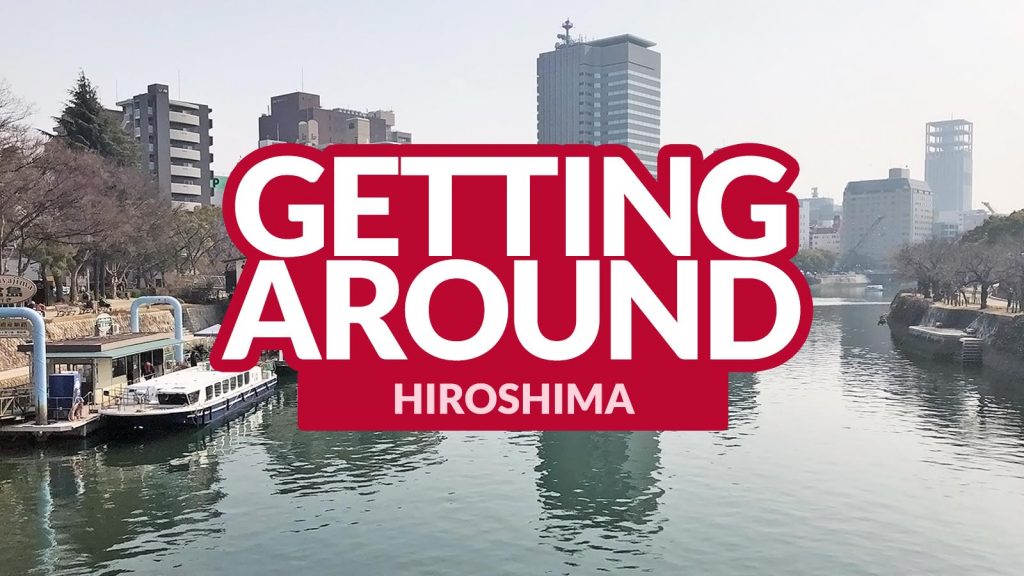
Comments